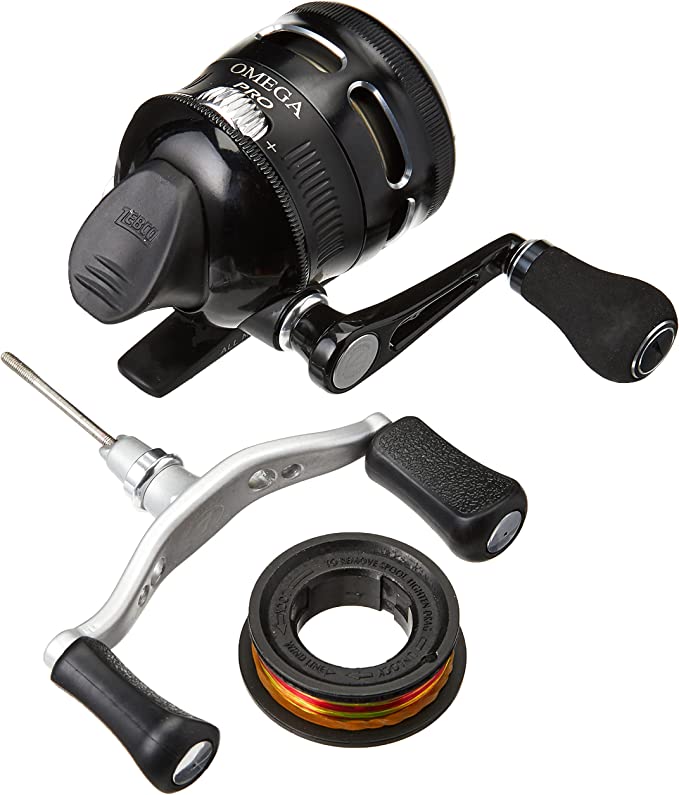The Field Terminal: Decoding DLP Optics and Energy Density in the 8849 Tank 3 Pro
Update on Nov. 19, 2025, 5:58 p.m.
In the specialized world of rugged electronics, the distinction between a “communication device” and a “multi-functional tool” is becoming increasingly blurred. Standard smartphones rely on cloud connectivity and delicate touchscreens. However, in environments where the grid is distant and durability is paramount, professionals and adventurers require a different class of hardware. The 8849 Tank 3 Pro represents a paradigm shift in this sector, moving beyond the definition of a rugged phone to become a self-contained field terminal.
To understand the utility of this device, we must deconstruct it not as a consumer gadget, but as an integration of industrial subsystems: specifically, its optical projection engine, its massive energy reservoir, and the thermal management required to sustain them.

Optical Engineering: The Mechanics of DLP Projection
The most conspicuous feature of the Tank 3 Pro is its integrated projector, but this is not merely a novelty light source. It utilizes DLP (Digital Light Processing) technology, a sophisticated optical system pioneered by Texas Instruments.
Unlike simple LCD projectors that shine light through a liquid crystal panel, DLP relies on a Digital Micromirror Device (DMD). This chip contains millions of microscopic mirrors, each representing a single pixel. * Micro-Electro-Mechanical Systems (MEMS): These tiny mirrors physically tilt thousands of times per second, directing light either through the projection lens (on) or into a heat sink (off). * Contrast and Sharpness: Because the mirrors reflect light rather than filtering it, DLP systems typically offer higher contrast ratios and sharper pixel structures than comparable LCDs. This “fill factor” minimizes the “screen door effect,” making the projected image useful for detailed topographical maps or technical schematics in the field, not just entertainment.
The inclusion of a manual focus dial underscores its utilitarian design, allowing for precise optical calibration without relying on often-finicky autofocus software in low-contrast environments.

Energy Density: The Physics of 23,800mAh
Power is the currency of the wilderness. The Tank 3 Pro houses a staggering 23,800mAh battery. To put this in perspective, it possesses nearly five times the chemical potential energy of a standard flagship smartphone.
This capacity changes the fundamental role of the device. It ceases to be a peripheral that needs charging and becomes a primary energy node. The physics of Lithium-Polymer (Li-Po) chemistry allows this high energy density to be packed into a portable form factor. * Off-Grid Endurance: Such capacity allows for days, not hours, of GPS tracking, screen-on time, and projection. * Reverse Charging: The device functions as a portable power bank, capable of offloading its stored energy to other critical gear like satellite communicators or headlamps via OTG (On-The-Go) protocols.
However, moving energy quickly generates heat. The 120W Fast Charging capability is an engineering necessity, not a luxury. Charging a cell of this magnitude at standard 15W speeds would take nearly a day. 120W charging pumps high amperage current into the cells, a process that requires rigorous thermal management to prevent degradation of the battery chemistry.
Thermodynamics: The Necessity of Active Cooling
High-performance components—the DLP projector, the 5G modem, the 120W charging circuit—all generate significant waste heat. In a sealed, waterproof (IP68) chassis, dissipating this heat is a formidable engineering challenge. Passive cooling (heat sinks) is often insufficient for sustained loads in such a dense enclosure.
The Tank 3 Pro integrates an Active Cooling Fan. This is a feature typically reserved for gaming PCs, not phones. * Forced Convection: The fan actively moves air across internal heat exchangers, drastically increasing the rate of heat transfer compared to passive radiation. * Performance Stability: This thermal headroom ensures that the processor (Dimensity 8200) does not thermal throttle during intensive tasks, and critically, it keeps the battery temperature within a safe operating range during rapid charging or prolonged projection sessions.

Multi-Spectral Imaging: Seeing Beyond the Visible
While standard cameras capture the visible spectrum (400-700nm), the Tank 3 Pro extends its utility into the Near-Infrared (NIR) spectrum with its 64MP Night Vision camera.
- IR Illumination: The device uses active IR emitters (LEDs) to bathe the scene in infrared light, which is invisible to the human eye.
- Sensor Sensitivity: The dedicated sensor lacks the IR-cut filter found on standard cameras, allowing it to perceive this reflected IR light.
This creates a monochromatic image that reveals details in absolute darkness. For professionals, this means the ability to inspect mechanical equipment in unlit crawl spaces or navigate camp without using visible flashlights that might attract insects or disturb wildlife.

Conclusion: The Tool of Convergence
The 8849 Tank 3 Pro is a study in convergence. It consolidates the functions of a projector, a massive power bank, a night vision monocular, and a high-performance rugged computer into a single chassis. By leveraging the mechanics of DLP optics, the chemistry of high-density batteries, and the thermodynamics of active cooling, it offers a level of utility that transcends the traditional smartphone category. For those who operate at the edges of the grid, it is not just a phone; it is a comprehensive survival and productivity terminal.


















